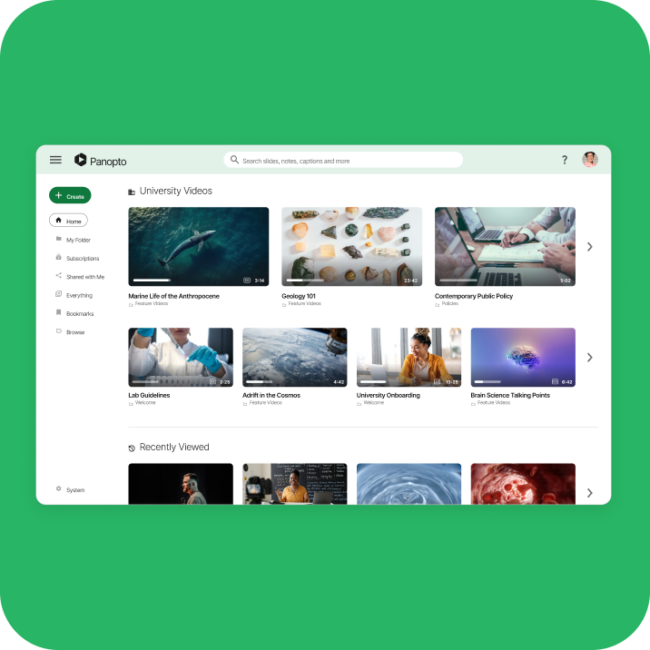Best Collaboration Tools for Remote Teams

Combining multiple videos and audio recordings can elevate your content, helping you create more dynamic and engaging projects. Whether you’re producing As remote work continues to expand, businesses rely on collaboration tools for remote teams to stay productive and connected. Without the right digital solutions, teams struggle with miscommunication, disorganized workflows, and inefficient project management.
Collaboration tools streamline communication, enhance teamwork, and keep projects on track—no matter where employees are located. From messaging apps and video conferencing platforms to project management and file-sharing solutions, these tools help remote teams work seamlessly. Let’s explore the best collaboration tools available and how they can improve remote work efficiency.
Why Collaboration Tools Are Essential for Remote Teams
Remote work offers flexibility, but without the right tools, teams can struggle with communication gaps, disorganized workflows, and reduced engagement. Collaboration tools for remote teams play a crucial role in overcoming these challenges by keeping employees connected and aligned on tasks.
Bridging the Communication Gap
Miscommunication can easily occur without in-person interactions. Collaboration tools like Slack, Microsoft Teams, and Zoom ensure real-time and asynchronous communication, helping teams stay on the same page.
Enhancing Productivity
Remote teams need centralized platforms to manage tasks, track progress, and collaborate efficiently. Tools like Asana and Trello provide structured workflows that keep everyone accountable and organized.
Improving Team Engagement
Isolation can be a challenge for remote employees. Video conferencing, shared workspaces, and knowledge-sharing platforms like Panopto help teams maintain a sense of connection, fostering engagement and company culture.
Streamlining Workflow Management
Managing multiple projects remotely can be overwhelming without proper organization. Collaboration tools integrate with productivity software, automate repetitive tasks, and provide real-time updates, reducing time spent on administrative work.
By leveraging collaboration tools, remote teams can work more efficiently, stay engaged, and maintain clear communication, ultimately driving better results for organizations.
Top Collaboration Tools for Remote Teams
Choosing the right collaboration tools for remote teams can significantly improve productivity, communication, and workflow efficiency. Below are some of the best tools designed to help remote teams stay connected and organized.
1. Slack – Best for Instant Messaging
Slack is a widely used messaging tool that keeps team communication organized through channels, direct messages, and integrations with other productivity apps. It supports real-time messaging, file sharing, and third-party integrations, making it a go-to tool for remote teams that need fast, seamless communication.
2. Microsoft Teams – Best for Integrated Workflows
For teams already using Microsoft 365, Microsoft Teams provides a comprehensive collaboration platform with chat, video calls, and file sharing. It integrates directly with Outlook, OneDrive, and SharePoint, making it ideal for businesses that need a unified digital workspace.
3. Zoom – Best for Virtual Meetings
Zoom is a leading video conferencing tool that enables remote teams to host meetings, webinars, and screen-sharing sessions. With breakout rooms, cloud recording, and virtual backgrounds, it’s a must-have for teams that rely on face-to-face communication.
4. Trello – Best for Project Management
Trello is a visual project management tool that uses boards, lists, and cards to help teams track tasks and deadlines. It’s an excellent choice for teams that prefer a flexible, user-friendly way to organize projects and workflows.
5. Asana – Best for Task Management and Workflow Automation
Asana provides a structured way to assign tasks, set deadlines, and track project progress. With workflow automation, integration with third-party apps, and timeline views, Asana helps teams collaborate efficiently and manage complex projects.
6. Google Workspace – Best for Cloud-Based Collaboration
Google Workspace includes Gmail, Docs, Drive, and Meet, offering a complete suite of cloud-based tools for communication and document collaboration. Remote teams can work on shared documents in real-time, ensuring seamless collaboration.
7. Panopto – Best for Video Knowledge Sharing
Panopto is an enterprise-grade video collaboration platform for remote teams that need to share training materials, recorded meetings, and instructional videos. It allows teams to securely store, search, and share video content, making it an excellent tool for asynchronous learning and communication.
Each tool plays a unique role in improving remote collaboration. Depending on your team’s needs, combining multiple solutions can create a seamless and productive remote work environment.
Key Features to Look for in Collaboration Tools for Remote Teams
Selecting the right collaboration tools for remote teams requires more than just basic communication features. The best tools enhance productivity, streamline workflows, and keep teams connected, no matter where they are. Here are the key features to consider when choosing a collaboration platform:
Real-Time Collaboration for Remote Teams
Effective collaboration starts with seamless communication. To keep remote teams engaged, look for tools that offer instant messaging, video conferencing, and discussion boards. Platforms like Slack and Microsoft Teams ensure that team members can quickly share updates, ask questions, and stay aligned.
Task and Project Management
Keeping projects on track can be challenging without clear organization. Tools like Trello and Asana help teams manage tasks, set deadlines, assign responsibilities, and track progress with visual workflows and automation features.
Cloud-Based File Sharing and Collaboration
Remote teams need easy access to shared documents and resources. Google Workspace and Microsoft Teams allow multiple users to collaborate on files in real-time, ensuring everyone has the latest updates without version control issues.
Security and Compliance
For businesses handling sensitive data, security is a top priority. Collaboration tools should offer role-based access, end-to-end encryption, and compliance with industry standards like GDPR and HIPAA. Platforms like Panopto provide enterprise-grade security to protect company information.
Integration with Other Tools
A good collaboration tool should seamlessly integrate with your existing software, such as CRM systems, learning management systems (LMS), and cloud storage platforms. Microsoft Teams, Slack, and Asana offer extensive integrations, making workflows more efficient.
By focusing on these features, businesses can choose the right collaboration tools for remote teams that improve efficiency, enhance communication, and ensure seamless teamwork across different locations.
Choose the Right Collaboration Tools for Remote Teams
The success of remote teams depends on having the right collaboration tools to streamline communication, project management, and workflow efficiency. Whether your team needs real-time messaging, document sharing, or video-based knowledge management, selecting the right tools can make all the difference.
Platforms like Slack, Microsoft Teams, Trello, and Panopto offer powerful solutions for remote collaboration, ensuring that teams stay productive and engaged. Investing in the right technology will help your business build a connected, high-performing remote workforce.
Ready to enhance your remote collaboration strategy? Sign up for a Panopto demo today and see how video-based collaboration can improve teamwork and knowledge sharing across your organization.
Latest News
-

- Training
Employee Training Management – Aligning Employees with Corporate Goals
Effective employee training management is the backbone of thriving businesses, transforming scattered training efforts into strategically aligned growth engines. When employees understand exactly how their roles contribute to overarching corporate objectives, magic happens: productivity spikes, engagement soars, and long-term success becomes inevitable. Did you know that organizations that have made a strategic investment in employee…
Employee Training Management – Aligning Employees with Corporate Goals
-

- Sales
How to Make Sales Presentation Videos With AI
A sales presentation can make or break a deal—yet too many sales teams still rely on outdated slides and monotonous pitches. Video content accounts for over 82% of consumer internet traffic. We live in a digital-first world where video is the key to capturing attention and driving engagement. But creating a polished, persuasive sales video…
How to Make Sales Presentation Videos With AI
-

- Active Learning
Why Every Business Needs an Upskilling Strategy (And How to Build One)
A strong upskilling strategy is no longer optional. It’s essential for keeping pace with rapid technological advancements and shifting market demands. As AI and automation reshape industries, companies must ensure their employees continuously develop new skills to stay competitive. But upskilling alone isn’t enough. Reskilling is equally critical for preparing workers to transition into entirely…
Why Every Business Needs an Upskilling Strategy (And How to Build One)



